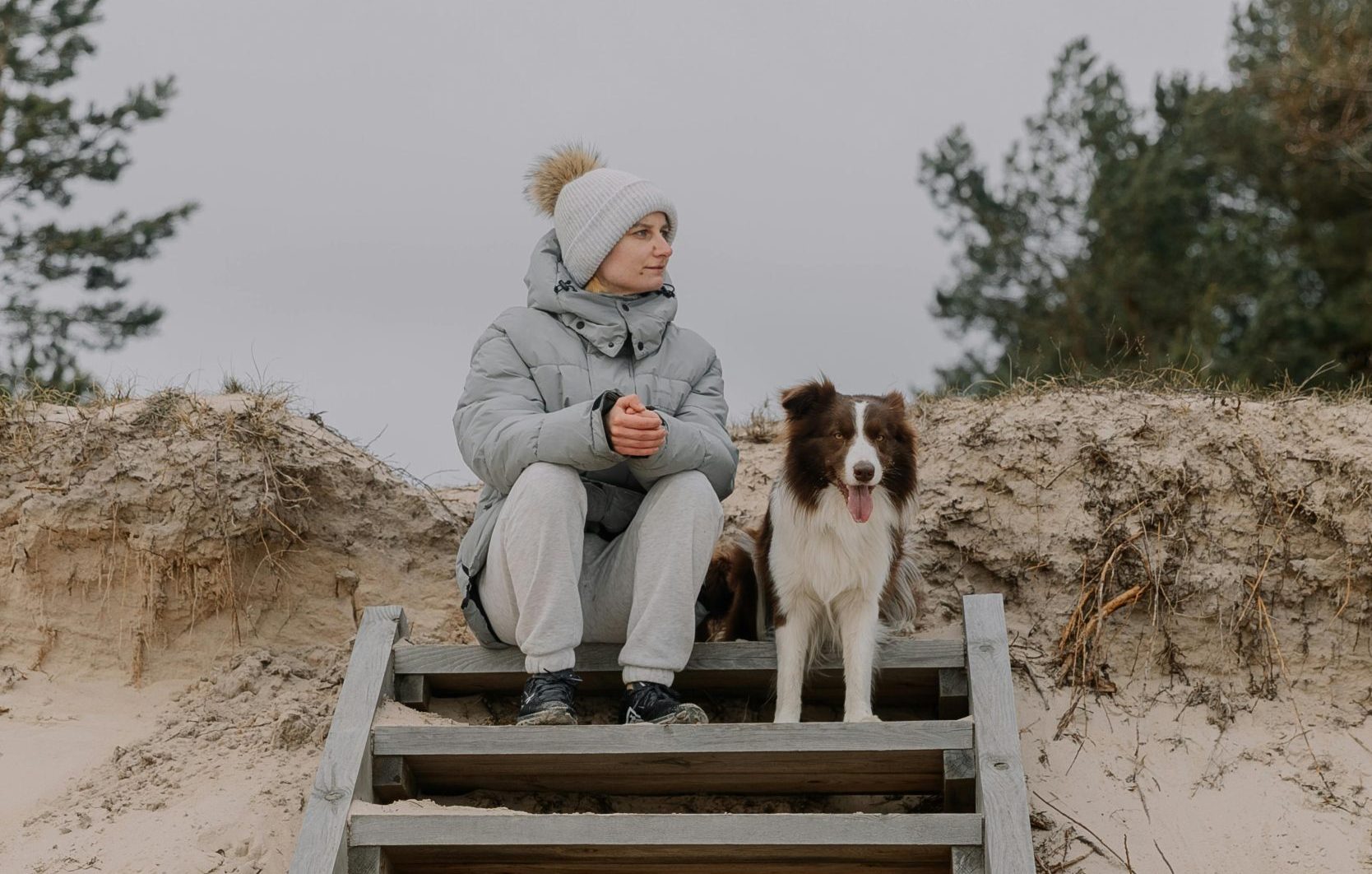What Are the Best Strategies to Help a Dog Overcome Fear of Stairs?

Navigating stairs can be a daunting task for dogs, especially if they are young, elderly, or have health issues. Often, this fear is a result of a lack of exposure to stairs during their formative months or a traumatic experience. As a dog owner, it can be disheartening to watch your furry friend struggle with this fear. This article aims to provide you with comprehensive strategies to help your dog overcome this apprehension.
Understanding Your Dog’s Fear
Before you dive into training, it’s crucial to understand why dogs develop a fear of stairs. This section aims to provide insights into the potential reasons behind this fear.
A voir aussi : How to Train a Shy Dog to Enjoy Social Gatherings?
Dogs generally associate stairs with danger due to their steepness and the risk of falling. They might also feel intimidated by the height and the depth perception. Sometimes, this fear could be rooted in a past traumatic experience like a fall. Elderly dogs or those with health issues such as arthritis or loss of vision might be afraid because climbing stairs is physically challenging or painful for them.
A dog’s breed could also play a part in their fear. For instance, breeds with shorter legs or longer bodies might find stairs more difficult to navigate than others. Understanding the cause of your dog’s fear can help tailor the training methods to their specific needs.
A voir aussi : What’s the Best Way to Monitor a Cat’s Health Using Smart Technology?
Recognising Signs of Fear
It’s essential to recognise the signs that your dog is afraid of stairs. This knowledge can guide your approach to helping them overcome their fear.
Common signs of fear include avoidance behavior, such as walking away from the stairs or refusing to go near them. Dogs might also show physical signs like shaking, whining, panting excessively, or displaying a low body posture with their tail tucked between their legs.
Visual cues can also be seen in a dog’s eye expressions. Dogs who are scared will often show the whites of their eyes, also known as ‘whale eye’. Remember, reading your dog’s body language accurately is a vital step in helping them overcome their fear.
Progressive Desensitisation: A Structured Approach in Training
Progressive desensitisation is a proven strategy that involves gradually introducing your dog to the object of their fear, in this case, stairs. The goal is to change their negative association with stairs into a positive one.
Start by allowing your dog to visually observe the stairs from a comfortable distance. Praise and reward them with treats for showing calm behavior. This step helps to create a positive association with the stairs.
Gradually decrease the distance between your dog and the stairs over time, continuing to reward any calm behavior. Once your dog is comfortable being near the stairs, encourage them to take the first step. Be patient, as this could take time.
Make use of positive reinforcement throughout this process. This can be in the form of treats, praises, or their favorite toy. The key is to make each interaction with the stairs a positive experience for your dog.
Training with Images: The Power of Visualization
Using images might seem unusual, but it can be an effective method in training. Images can help dogs to visualize the process of climbing stairs, thereby reducing their fear.
Although there is no scientific consensus on whether dogs can understand images in the same way humans do, anecdotal evidence suggests that some dogs can indeed react to visual cues. Websites like WikiHow offer a treasure trove of dog training images that can be used as a part of this process.
Use images that show dogs successfully climbing stairs. Show these to your dog, and while doing so, use positive reinforcement. Keep in mind that this method might not work for every dog and is most effective when used in conjunction with other training techniques.
Building Confidence: The Final Step
Ultimately, helping your dog overcome a fear of stairs is about confidence-building. It’s a gradual process that requires patience, understanding, and persistence.
Incorporate stairs into your daily activities. If your dog sees you using the stairs, it could pique their interest and lessen their fear. Try to make the stairs an integral part of your dog’s environment. Place their favorite toys or bedding near the stairs to create a more inviting atmosphere.
Remember that every dog is unique with their own set of fears and anxieties. What might work for one might not work for another. Always prioritize your dog’s comfort and safety during this process.
With time, consistency and patience, your dog will gradually overcome its fear of stairs. As a dog owner, it’s your responsibility to guide them through this journey, offering support and encouragement every step of the way.
Utilizing Aid Images: Making Steps Less Scary
Making use of images, particularily the jpg aid type, can be instrumental in helping your dog overcome their fear of stairs. How does this work? Images can break down the process of climbing stairs into manageable bites for your dog.
Consider sourcing images that illustrate dogs successfully navigating stairs. These can be found on various online platforms, and you’ll be surprised at how helpful images thumb can be in this process! While showing these images to your dog, remember to use positive reinforcement such as praise or treats.
Notably, the success of this method can vary from dog to dog. While some dogs might react to visual cues, others might be indifferent. Hence, it is recommended to use this approach in conjunction with other strategies like progressive desensitisation.
The images of stairs and dogs climbing them can act as a form of visualization for your pet. It can help your dog understand that stairs are not as scary as they seem, thereby reducing their fear.
Routines and Repetition: Making Stairs a Regular Encounter
One great way to help your dog overcome their fear of stairs is by integrating stairs into their daily routine. This strategy is all about normalization.
If your dog observes you using the stairs regularly without any negative consequences, they might start to view the stairs with less fear. Consider taking your dog near the stairs during playtime, or place their toys on the stairs to motivate them to take the first step.
Remember to be consistent and patient. This process might take a while, depending on the severity of your dog’s fear. Suppose your dog appears stressed or anxious, take a step back and try again later. Do not force your dog to approach the stairs if they are showing signs of extreme discomfort.
Wrapping Up: The Journey to Fearless Stair Navigation
To conclude, helping your dog overcome their fear of stairs is a process that requires patience, persistence, and a can-do attitude. Whether you’re using the strategy of progressive desensitisation, employing the power of visualization through images, or integrating stairs into your dog’s daily routine, remember that each dog is unique.
A method that works wonders for one dog may not necessarily work for another. Therefore, it’s vital to understand your dog’s specific fears and tailor your approach accordingly.
The journey to fearless stair navigation is indeed a step-by-step process, just like climbing the actual stairs. So, stay patient and consistent in your methods. With time, your dog will gain the confidence to navigate stairs without fear, and you’ll be there to witness and celebrate their progress. After all, as a dog owner, there’s nothing more rewarding than seeing your furry friend overcome their fears, step by step.
Remember to use treats and praises as forms of positive reinforcement through your training sessions. The goal is to associate the stairs with positive experiences, ultimately dismissing the fear. Here’s to your dog’s successful stair climbing journey!
